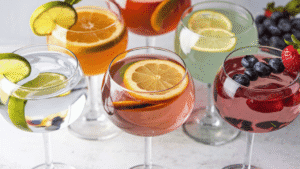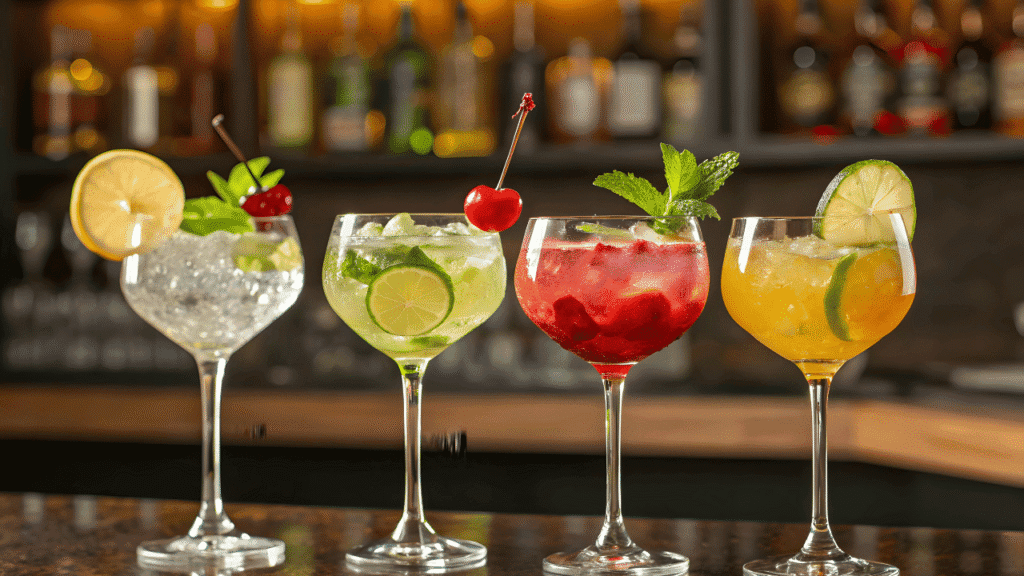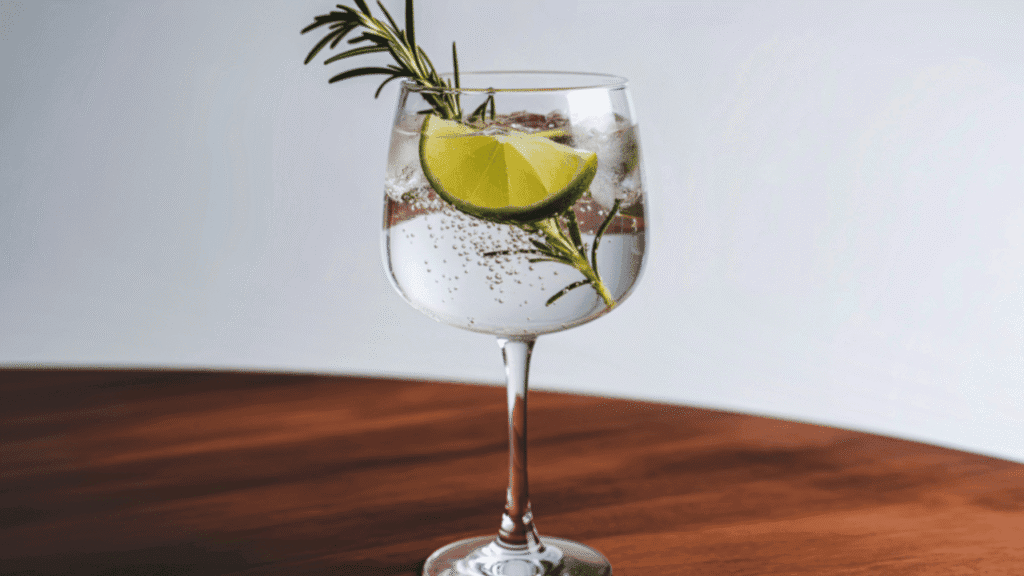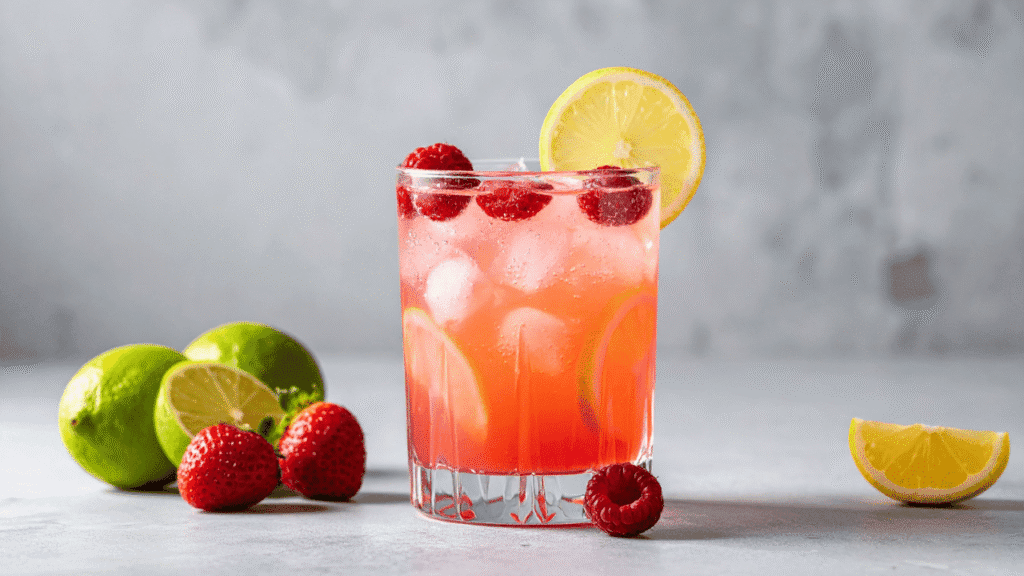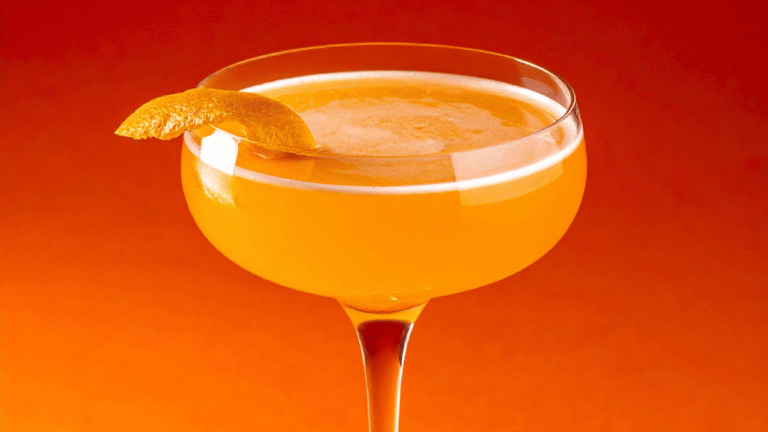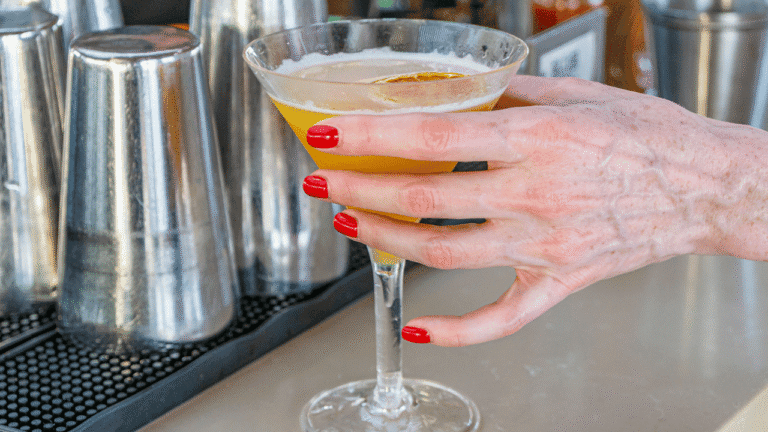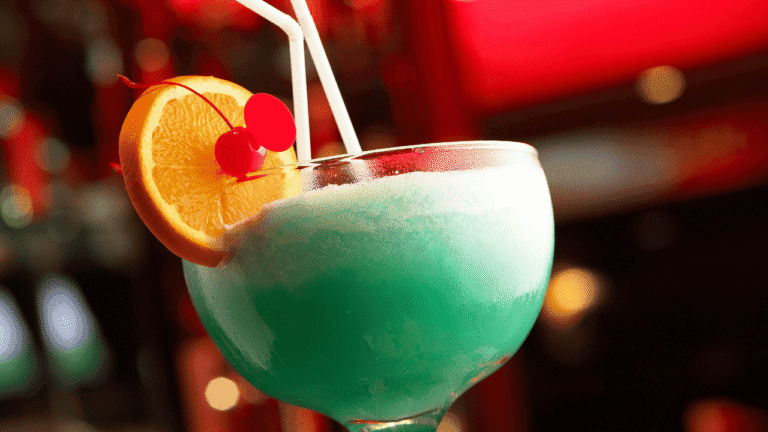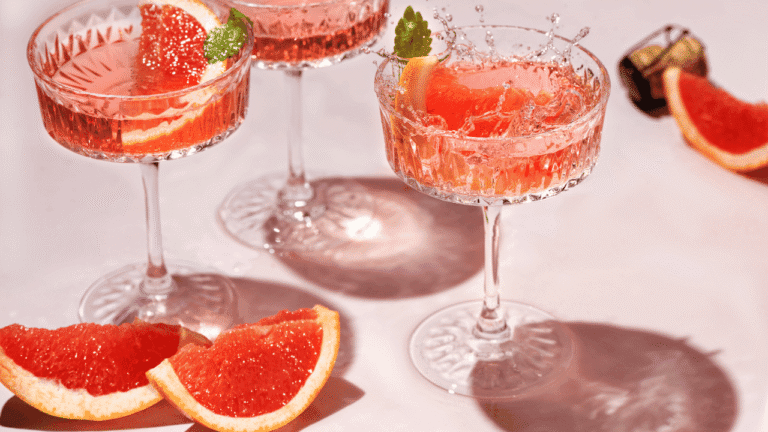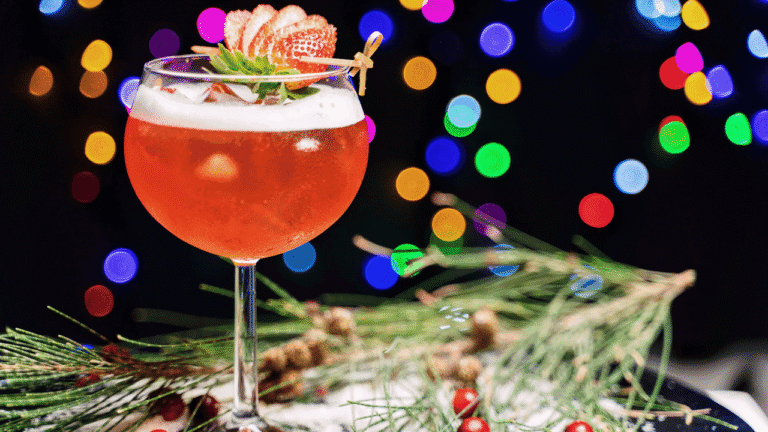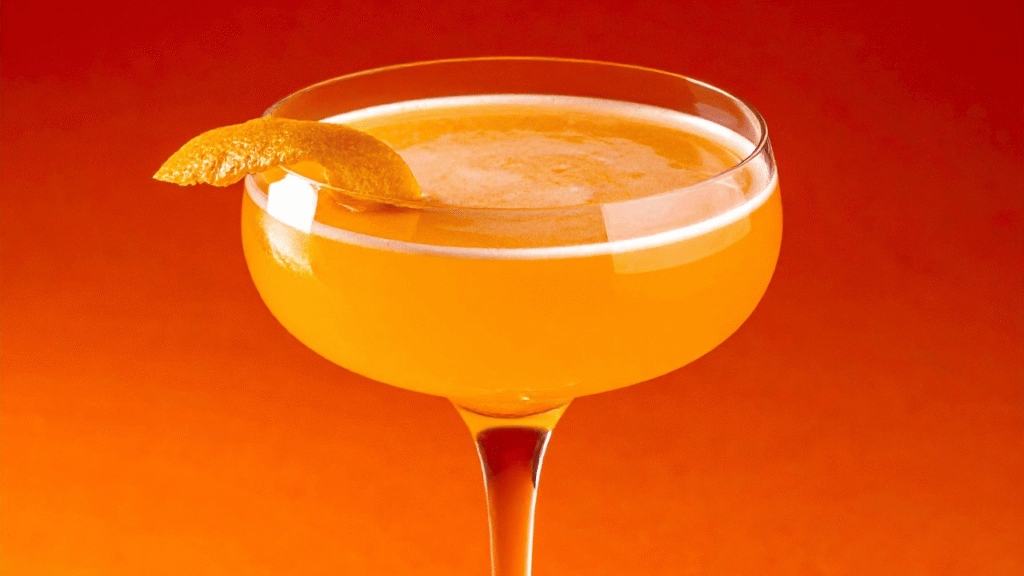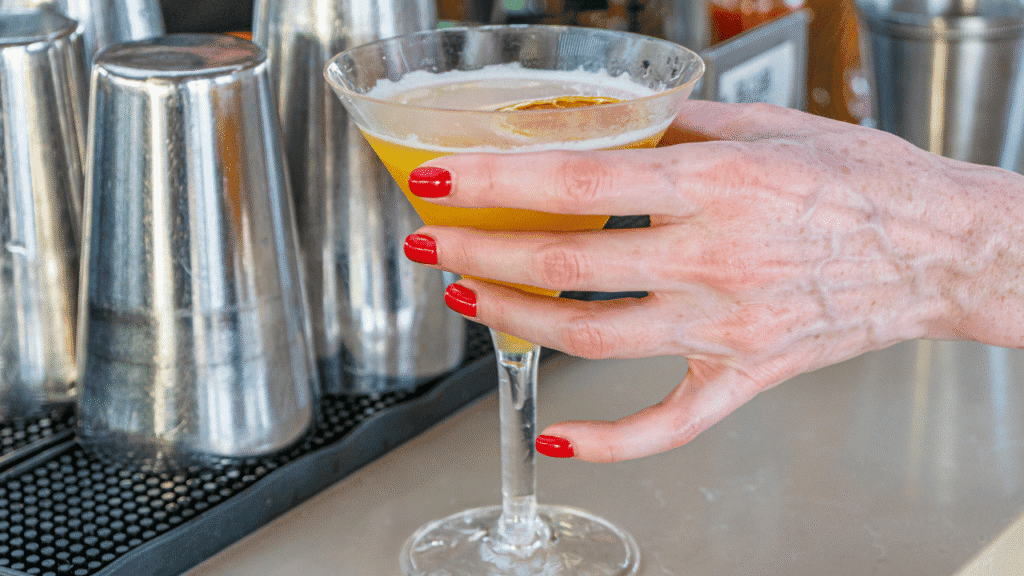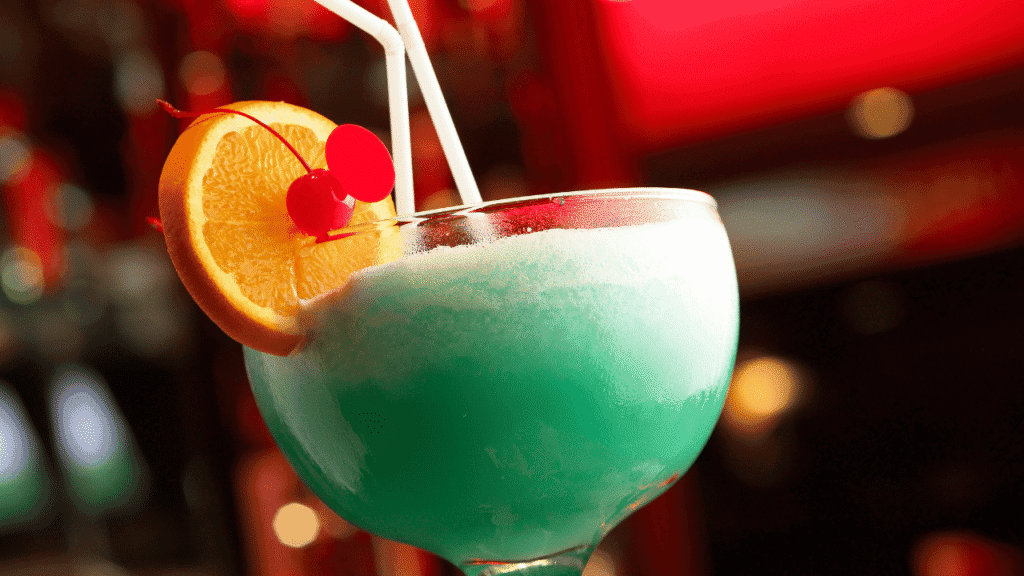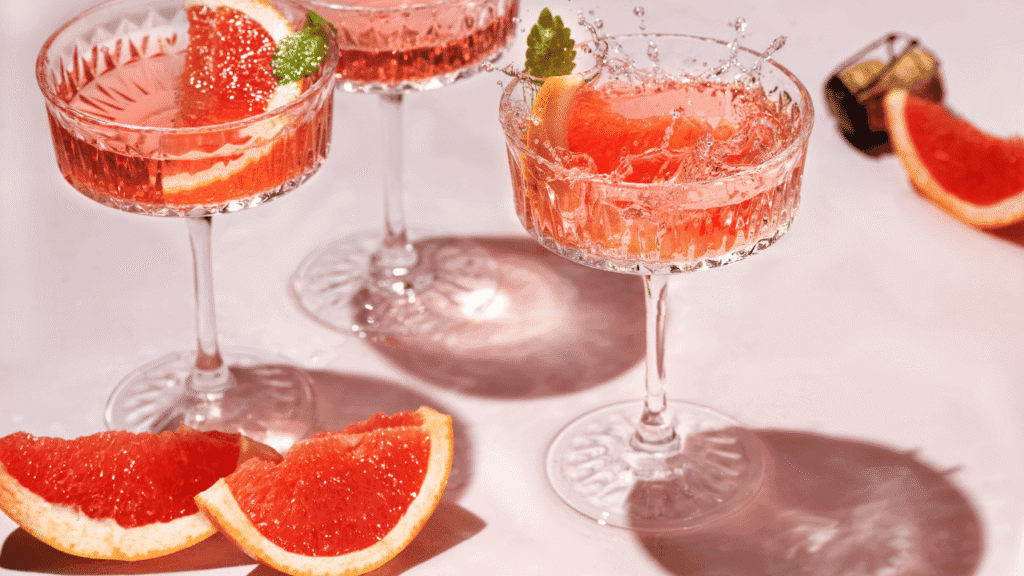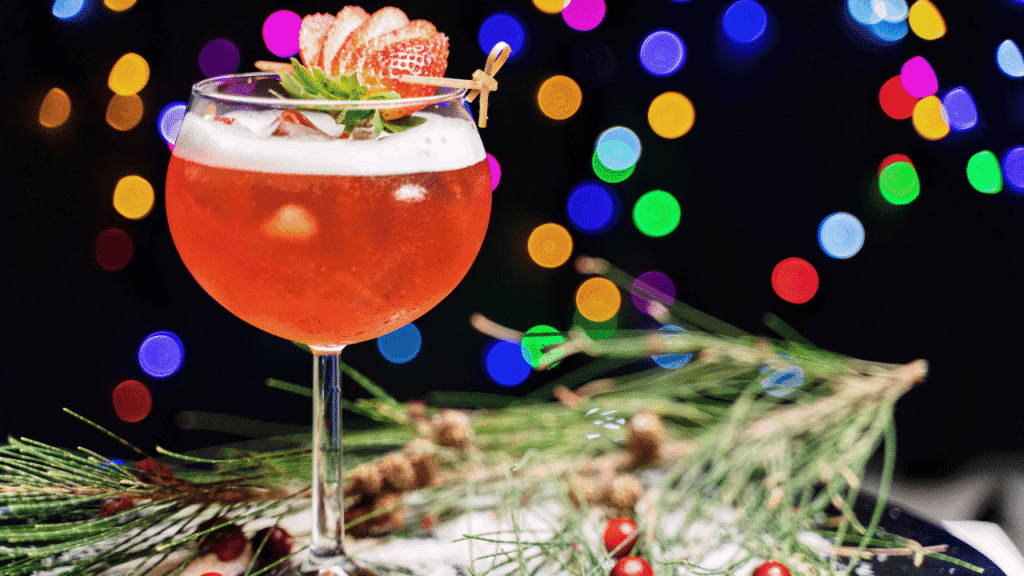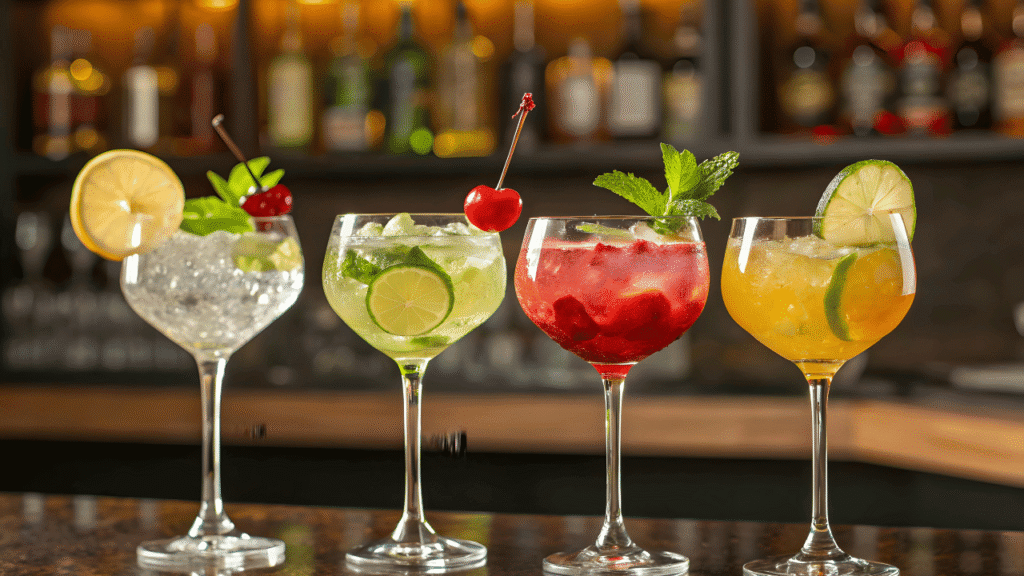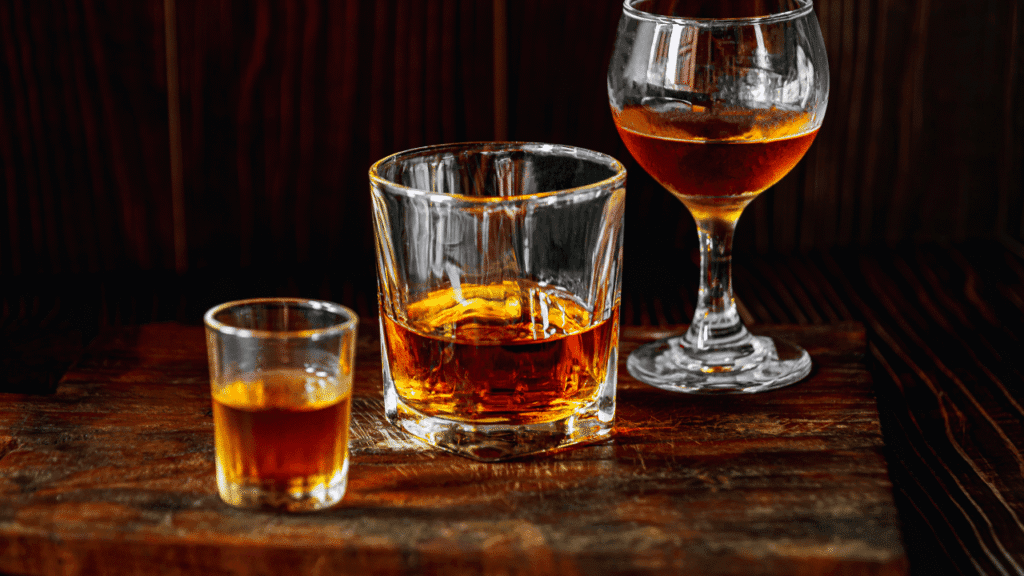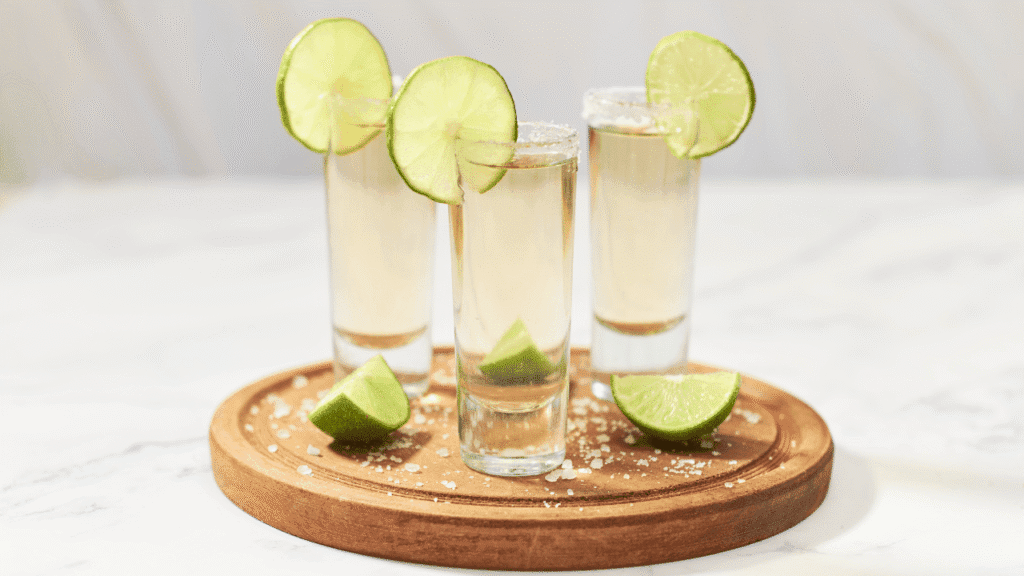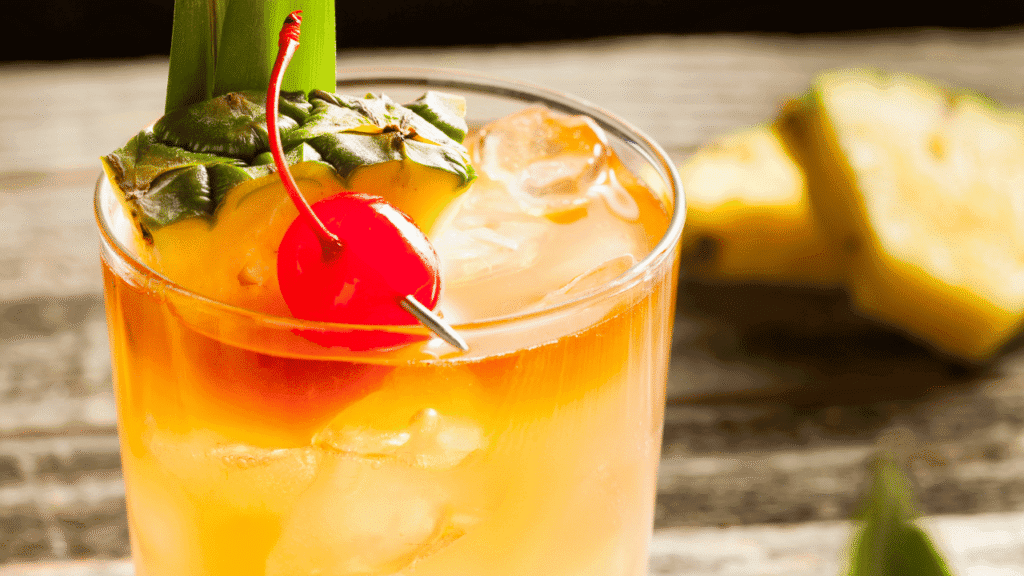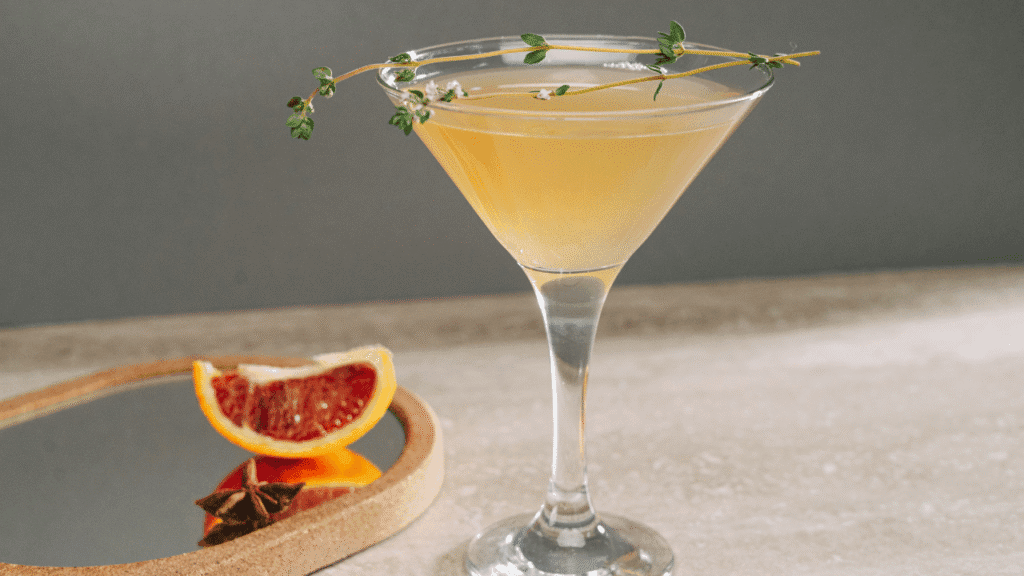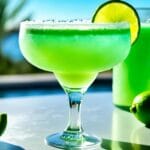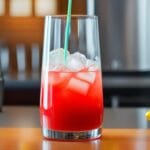A bartender drink cheat sheet is an indispensable, practical tool for any aspiring or professional mixologist who wants to craft consistent, well-balanced cocktail recipes every shift. Use this compact drink mixing guide as a quick at-the-bar reference to check ratios, confirm ingredients, and speed up service so you spend less time guessing and more time serving great drinks.
Whether you’re a seasoned pro or just starting out, having a reliable bartender drink cheat sheet at hand helps every bartender work faster and with more confidence. It covers classic cocktails, core techniques, and quick troubleshooting tips—perfect for busy nights when a customer asks for something “top-shelf” or wants a custom shot.
A well-designed mixology reference not only helps you memorize essential recipes and ratios but also gives you a framework to experiment with new flavors and build signature drinks. Quick example: use a 3:2:1 ratio for a balanced Margarita (Tequila:Lime Juice:Triple Sec). Print or download this cheat sheet to keep it at your station and refer to it any day you’re behind the bar.
Key Takeaways
- A bartender drink cheat sheet is essential for crafting consistent, high-quality cocktail service
- This concise guide highlights core bartending techniques, must-know recipes, and quick tips to improve speed and accuracy
- Use the cheat sheet to memorize classics and confidently adapt to guest preferences
- Keeping a compact drink mixing guide at your station helps bartenders deliver better drinks during peak hours
- Mastery starts with a practical, easy-to-follow bartender drink cheat sheet
Introduction to Bartending Basics
Before you start crafting great cocktails and impressing guests, master the fundamentals of working behind the bar. Learn the essential tools, simple techniques, and common drink combinations so you can mix confidently and consistently during every service.
Essential Tools and Equipment
Stock your station with these bartender basics so you can make a wide variety of cocktail and shot recipes quickly:
- Shaker tins — for shaken citrus drinks and creamy cocktails
- Jigger — measure accurately (0.5, 1, 1.5 oz markings)
- Strainer — Hawthorne or julep to remove ice and solids
- Bar spoon — for stirring and layering
- Muddler — gently bruise herbs and fruit
- Citrus juicer — fresh juice beats bottled every time
- Cutting board and knife — prep garnishes and fruit
- Mixing glass — for spirit-forward stirred cocktails
- Ice bucket and tongs — keep clear ice on hand
- Glassware — coupé, rocks, highball, and shot glasses
Quick tip: print this checklist or download the equipment image to keep at your station as a daily reminder.
Basic Bartending Techniques
Use these short, actionable instructions to make every drink correctly:
- Shaking: For drinks with citrus, egg, or cream. Add ingredients and ice, shake vigorously 10–15 seconds, then double-strain into the glass. Example: Margarita — 2 oz tequila, 1 oz lime, 1 oz triple sec; shake and serve over fresh ice for a bright, chilled cocktail.
- Stirring: For spirit-forward cocktails (Martini, Manhattan). Add ingredients and ice to a mixing glass, stir 20–30 gentle rotations, strain into a chilled glass to keep clarity and silkiness.
- Muddling: Gently press herbs or fruit—don’t pulverize. For a Mojito, muddle mint and sugar, then add lime, rum, and ice to preserve aroma.
- Building: Pour ingredients directly into the serving glass (highballs). Add ice, top with mixer, and stir briefly to combine.
- Straining: Use a Hawthorne or julep strainer to separate liquid from ice and solids. Double-strain when you need a silky, seed-free finish.
Practicing these steps turns them into fast, automatic motions behind the bar. Focus on rhythm (timing your shakes/stirs) and consistent ice handling to produce reliable results every day.
“The key to being a great bartender is understanding the fundamentals. Once you’ve mastered the basics, you can let your creativity shine through and develop your own signature style.” – Jim Meehan, renowned mixologist and author of “The PDT Cocktail Book”
Classic Cocktails Every Bartender Should Know
As a bartender, mastering a concise set of timeless cocktail recipes is essential. These classics are the backbone of any well-run bar: they’re popular with customers, teach you balance and technique, and form the basis for creative variations.
Below are quick-reference mini cards for each classic: a one-line recipe (when ounces are helpful), plus a single pro tip you can use behind the bar.
- Old Fashioned — 2 oz bourbon or rye, 1 sugar cube (or 0.25 oz simple syrup), 2 dashes Angostura. Tip: Stir with large ice, garnish with orange twist; build in the glass for speed. (old fashioned)
- Margarita — 2 oz tequila, 1 oz lime juice, 1 oz triple sec (or use a 3:2:1 parts ratio). Tip: Use fresh lime juice and fine salt on the rim for brightness.
- Manhattan — 2 oz whiskey (rye or bourbon), 1 oz sweet vermouth, 2 dashes bitters. Tip: Stir and strain into a chilled glass, garnish with a brandied cherry or orange twist.
- Negroni — 1 oz gin, 1 oz Campari, 1 oz sweet vermouth. Tip: Stir over ice and serve on the rocks with an orange twist for aroma.
- Mojito — 2 oz white rum, 1 oz lime juice, 0.75–1 oz simple syrup, mint, soda top. Tip: Gently muddle mint with sugar to avoid bitterness; serve tall with crushed or cubed ice.
- Daiquiri — 2 oz white rum, 0.75–1 oz lime juice, 0.75–1 oz simple syrup (try a 2:3:3 ratio in parts). Tip: Shake with plenty of ice and fine-strain for a silky, chilled cocktail.
- Martini — 2–3 oz gin or vodka, a splash of dry vermouth (adjust 2:1 or 3:1 to taste). Tip: Stir for clarity (vodka or gin martinis), chill the glass, and garnish with olive or lemon twist.
Quick substitutes and additions: for a bloody mary, use vodka plus tomato juice, spices, and garnishes (tomato juice); for a simple shot or sipper, scale down the same ratios. Learning these recipes will help you handle most orders and improvise confidently when guests request something slightly different.
“The Old Fashioned is the cocktail that started it all. It’s a drink that embodies the essence of what a cocktail should be: simple, elegant, and timeless.” – Dale DeGroff, renowned bartender and mixologist
These classics teach fundamental techniques—stirring vs shaking, when to double-strain, and ideal glass/garnish pairings. They’re the first set every bartender should know by heart; once you’ve mastered them, you can expand into popular cocktails and signature creations.
Bartender Drink Cheat Sheet Mastering the Art of Mixology
To move beyond basic cocktail construction and excel as a bartender, focus on three things: learning flavor profiles, balancing sweetness/acid/strength, and running safe, intentional experiments with new ingredients. Treat the bar like a lab—document results, then add successful tweaks to your cheat sheet.
Understanding Flavor Profiles
Every component — spirit, liqueur, citrus, bitters, or syrup — contributes a primary note (sweet, bitter, sour, savory) and secondary undertones (botanical, floral, smoky). As a practical drill, taste core spirits neat and in small mixes: compare gin vs vodka vs bourbon, then note how a squeeze of lemon or a teaspoon of syrup changes the profile. Building this internal flavor map lets you swap ingredients confidently when a guest asks to alter a classic.
Flavor-wheel recommendation: include a simple visual on your station that pairs base spirits with compatible modifiers (e.g., gin → herbal citrus, bourbon → spice, vermouth → sweet herbal). Keep a printed mini flavor wheel on your cheat sheet for quick reference.
Balancing Sweetness, Acidity, and Strength
Balance is measurable and tweakable. Use these quick rules of thumb when testing a recipe:
- Sweetness — adjust in 0.25 oz increments. Use simple syrup (1:1) or agave; liqueurs add sweetness + flavor. If a drink tastes flat, try +0.25 oz syrup.
- Acidity — citrus brightens. Fresh lime or lemon juice cuts sweetness; add 0.25 oz to lift a syrup-heavy mix.
- Strength — reduce spirit by 0.25–0.5 oz to lower burn without losing character. Alternatively, balance with a bitter modifier (Campari, Amaro) rather than diluting too much.
Mini case study: a sour cocktail tastes too sweet. Add 0.25 oz lime and reduce simple syrup by 0.25 oz; shake and taste. Repeat until you reach harmony. Note final ratios on your cheat sheet so you can reproduce the result.
Experimenting with Unique Ingredients
Structured experimentation yields reliable signature drinks. Start small, document, and include safety notes (especially for fat-washing or unusual food items). Three experiment templates to try behind the bar:
- Herb infusion — Rosemary Gin Spritz: Muddle 1 small sprig rosemary with 0.25 oz simple syrup, add 1.5 oz gin, 0.5 oz lemon, shake with ice, top with soda, garnish with rosemary. Record infusion time and intensity on your cheat sheet.
- Spiced syrup — Cardamom Syrup: Make 1 cup simple syrup, add 4 crushed cardamom pods, simmer 5 minutes off heat, steep 20 minutes. Use 0.25–0.5 oz in rum or bourbon cocktails for warm spice notes.
- Quick infusion — Rapid Fruit Sip: Use a vacuum or whipping siphon for 5–15 minutes to impart fruit flavor (e.g., pineapple with dark rum) — label and refrigerate; test at small doses before menu rollout.
Safety note: with fat-washing, clarify the spirit after infusion and store per local food-safety guidelines. Always discard experimental batches after the documented shelf life.
The beauty of mixology lies in the endless possibilities for experimentation and innovation. By stepping outside the comfort zone of standard drink ingredients, you can create signature cocktails that truly reflect your unique style and passion for the craft.
Practical tips to integrate experiments into service: test new modifiers on slow shifts, record each change on a printed experiment log, and if successful, add the finalized ratio to your bartending drinks cheat section of the cheat sheet. Over time, your station will hold not just basic bartending drinks, but a curated list of tested recipes that raise the bar for every guest.
Bartender Drink Cheat Sheet
This bartender drink cheat sheet is a compact, at-the-bar reference that helps you mix popular cocktails quickly and accurately. It combines common ounce recipes with parts ratios so you can work from a single card during service, scale for batches, or program quick keys in your POS to speed up busy shifts.
Quick Reference Guide for Popular Drinks
Below are concise recipe cards—each shows a standard ounce recipe plus the parts ratio for easy scaling. Keep these on a laminated card or printable PDF at your station.
- Margarita: 2 oz tequila, 1 oz lime juice, 1 oz triple sec — Ratio 3:2:1 (Tequila:Lime:Triple Sec). Tip: use fresh lime juice and a fine salt rim.
- Old Fashioned: 2 oz bourbon, 1 sugar cube (or 0.25 oz simple syrup), 2 dashes Angostura bitters — build in rocks glass with large ice. (dashes angostura)
- Mojito: 2 oz white rum, 1 oz lime juice, 0.75–1 oz simple syrup, mint leaves, soda top — muddle mint gently, serve tall with crushed ice.
- Cosmopolitan: 1.5 oz vodka, 0.5 oz triple sec, 0.5 oz cranberry juice, 0.5 oz lime juice — shake and fine-strain into a chilled glass.
Memorizing Key Recipes and Ratios
Use the parts table below as your memory aid: if you know the ratio, you can scale recipes to any batch size without a calculator. Practice the ounce version until it’s second nature, then refer to the parts ratio when batching or teaching colleagues.
| CocktailRatio (Parts) | |
| Margarita | 3:2:1 (Tequila:Lime Juice:Triple Sec) |
| Sidecar | 2:1:1 (Cognac:Lemon Juice:Triple Sec) |
| Daiquiri | 8:3:3 (Rum:Lime Juice:Simple Syrup) |
| Negroni | 1:1:1 (Gin:Campari:Sweet Vermouth) |
How to scale: to make four Margaritas from the 3:2:1 ratio, multiply parts by 4 (Tequila 12 parts, Lime 8 parts, Triple Sec 4 parts), then convert parts to ounces based on your chosen part size (e.g., 1 part = 0.5 oz).
Mastering the art of mixology is all about understanding the delicate balance between ingredients and memorizing the fundamental recipes that form the backbone of classic cocktails.
Crafting the Perfect Signature Cocktail
Designing a signature cocktail is a chance to showcase creativity while keeping it approachable. Start from a familiar template (a daiquiri, sour, or highball), then tweak one element—an herb, a house syrup, or a contrasting bitter—to make it distinct.
When testing, record each version on your cheat sheet: ingredient list, ounce amounts, glassware, and garnish. Run the drink on a slow day, ask for feedback, then finalize the ratio and add it to your station card so other bartenders can reproduce it consistently.
The key to a successful signature cocktail is finding the perfect balance between creativity and accessibility. While it’s important to be innovative, your drink should still be approachable and enjoyable for a wide range of palates.
Practical checklist when finalizing a signature recipe:
- Choose high-quality, fresh ingredients (fresh citrus, real syrups)
- Pick glassware and a garnish that reinforce the drink’s identity (e.g., chilled coupe for elegant sippers, rocks glass for spirit-forward pours)
- Test at least three times, adjusting in 0.25 oz increments, and note the final recipes on the cheat sheet
- Create a clear, memorable name and add the recipe to your POS or printed cards
Once finalized, train team members with a short demo and placard at the station. Offer downloadable, printable cards for service staff and a “add to POS quick key” suggestion so the new cocktail becomes as easy to serve as your classic lineup.
Mastering the Classics: Martinis, Manhattans, and More
Every bartender should be fluent in a handful of classic cocktails—they teach balance, technique, and presentation, and they’re what guests order most. Below are focused, actionable notes to help you perfect a few iconic drinks and present them like a pro.
Perfecting the Martini
The Martini is the benchmark for precision and restraint. Choose a quality gin or vodka and a dry vermouth; common ratios are 3:1 or 2:1 spirit to vermouth depending on taste. Chill the glass first.
- Technique: Combine spirit and vermouth in a mixing glass with ice, stir gently for 20–30 rotations to chill without over-diluting, then strain into a chilled coupe or martini glass.
- Garnish: Lemon twist or olive depending on preference—twist oils over the surface to boost aroma.
- Pro tip: For a crystal-clear, chilled martini, stir rather than shake; shaking aerates and clouds the drink.
Crafting the Ideal Manhattan
The Manhattan showcases whiskey (rye or bourbon) with sweet vermouth and bitters. Balance is key—adjust vermouth to taste.
- Basic recipe: 2 oz whiskey, 1 oz sweet vermouth, 2 dashes bitters.
- Technique: Stir with ice in a mixing glass until well-chilled, then strain into a chilled glass.
- Garnish: Brandied cherry or orange twist. Serve in a coupe for a refined presentation.
- Pro tip: Slightly more vermouth softens a rye-forward Manhattan for guests who prefer less bite.
Other Timeless Classics to Master
- Old Fashioned — Whiskey, sugar, bitters, citrus twist. Build in the glass over a large cube; stir to integrate. (great for bourbon)
- Negroni — Gin, Campari, sweet vermouth (1:1:1). Stir over ice and garnish with an orange twist.
- Daiquiri — Rum, lime juice, simple syrup. Shake and fine-strain for a bright, chilled cocktail.
- Margarita — Tequila, lime, triple sec; fresh lime juice and proper salting elevate the drink.
| Classic CocktailKey IngredientsPreparation Method | ||
| Martini | Gin or vodka, dry vermouth | Stirred, strained, garnished with lemon twist or olive |
| Manhattan | Whiskey, sweet vermouth, bitters | Stirred, strained, garnished with brandied cherry or orange twist |
| Old Fashioned | Whiskey, sugar, bitters, citrus twist | Muddled/build, stirred, garnished with orange slice and cherry |
| Negroni | Gin, Campari, sweet vermouth | Stirred, strained over ice, garnished with orange twist |
Elevating Your Bartending Skills
Once classics are dialed in, move on to advanced techniques that add depth and showmanship.
Advanced Techniques and Tricks
- Smoke infusion: Use a smoking gun to add a subtle smoky aroma—briefly cover the glass to trap smoke for presentation. (Practice to avoid overpowering.)
- Rapid infusion: Use a whipping siphon for fast fruit or herb infusions—label and test small doses before menu use.
- Fat washing: Adds savory notes to spirits—clarify and store per food-safety guidelines; use sparingly and test shelf life.
Presentation and Garnishing
Presentation influences taste perception. Choose glassware that suits the drink, and use garnishes that add aroma or contrast. Keep cuts consistent and ice appropriate to the style (large cubes for spirit-forward, crushed for tiki/highball).
- Right glassware enhances aroma and temperature.
- Creative garnishes (dehydrated fruit, edible flowers) can justify higher price points.
- Consistent garnish prep and placement speeds service and improves perception.
| GarnishCocktail Pairing | |
| Lime wheel | Mojito, Gin & Tonic, Margarita |
| Orange twist | Old Fashioned, Negroni, Manhattan |
| Mint sprig | Mojito, Mint Julep, Southside |
| Cocktail cherry | Manhattan, Whiskey Sour, Singapore Sling |
Catering to Different Tastes and Preferences
Adaptability is a top skill for bartenders—some guests want sweet, others prefer spirit-forward drinks. Use your cheat sheet and flavor knowledge to recommend substitutions (less sugar, different spirit) and offer choices: a stirred martini for clarity, or a shaken alternative if a guest wants a brighter texture.
Practice reading the guest: offer a sample sip of a new signature during slow shifts, and note feedback to refine the recipe. With these techniques—precise recipes, smart garnish choices, and practiced presentation—you’ll deliver memorable cocktails that keep guests returning.

